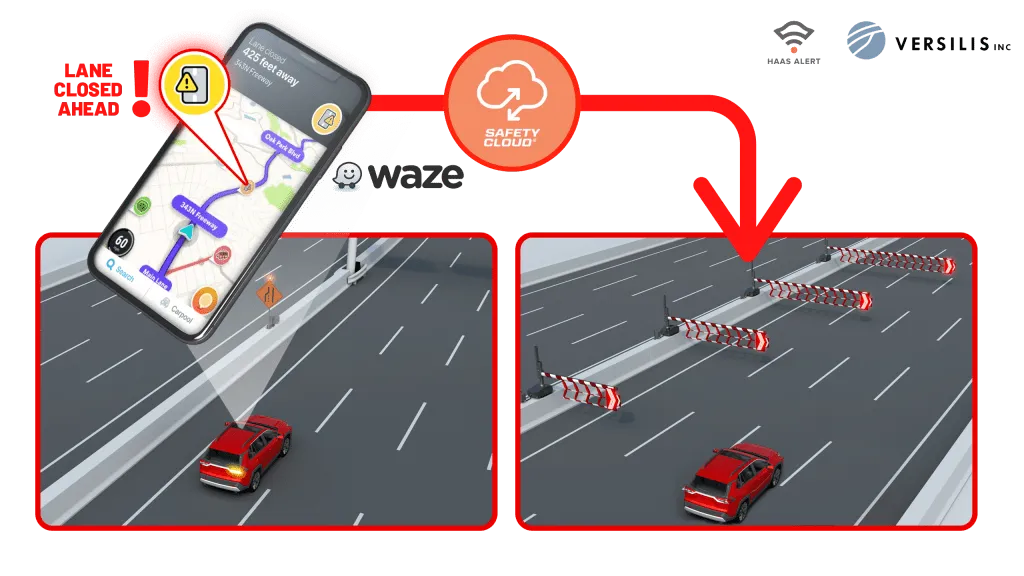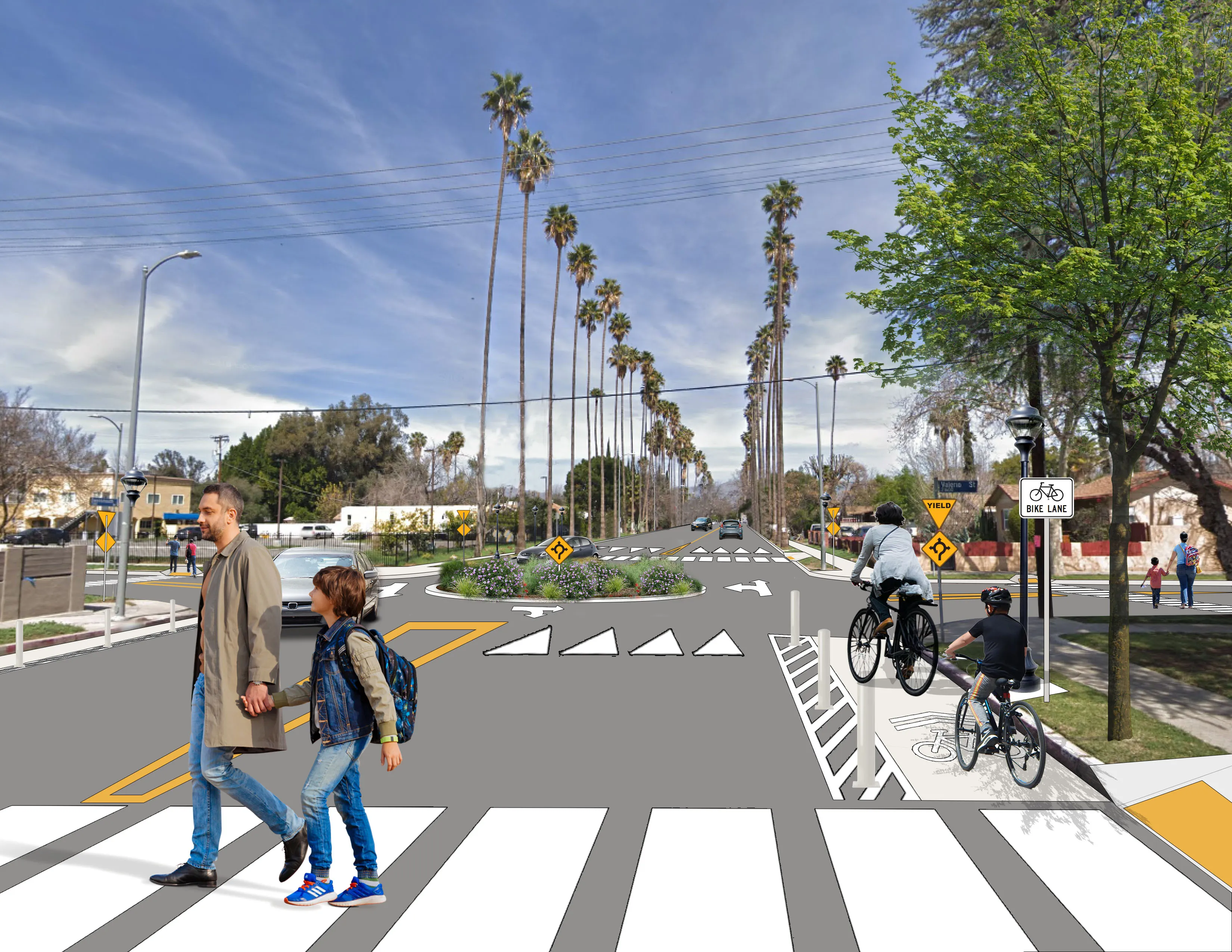Parsons Brinckerhoff (PB) has been selected to design and supervise deployment of technology infrastructure for a US Department of Transportation (US DoT) pilot programme to study the potential of operating connected vehicles on the streets and highways of Ann Arbor, Michigan.
Called the Connected Vehicle Safety Pilot Model Deployment project, the $15 million research effort is being undertaken by the University of Michigan Transportation Research Institute (UMTRI) and its partners on behalf of the US DoT.
April 24, 2012
Read time: 2 mins
Called the Connected Vehicle Safety Pilot Model Deployment project, the $15 million research effort is being undertaken by the
The advanced technology will be tested in a year-long study, which will involve the installation of wireless devices in up to 3,000 vehicles, to allow communication among the vehicles, and between the vehicles and the surrounding roadside equipment. During the deployment US DoT will evaluate the effectiveness of connected vehicle technology to prevent crashes in an everyday environment. Connected vehicle communication is based on Dedicated Short Range Communications (DSRC).
PB’s role will be to oversee the infrastructure elements of the project, ensuring that all 29 roadside equipment installations are planned, engineered, procured, installed, integrated, and remain operational according to an extremely aggressive schedule.
Infrastructure will include roadside radio transmitter equipment at 21 signalised intersections, three curve locations, and five freeway sites, a robust communications backhaul network using both wireless and fibre, and facilities to process data and to showcase the system. Infrastructure also includes the replacement of signal controllers and specialised converters along two major corridors that will broadcast signal phase and timing data to vehicles via the DSRC network.
At the conclusion of the model deployment test, Parsons Brinckerhoff will assist the US DoT and UMTRI in any follow-up experiments and/or decommissioning of the roadside equipment. The project is scheduled for completion in December 2013.








